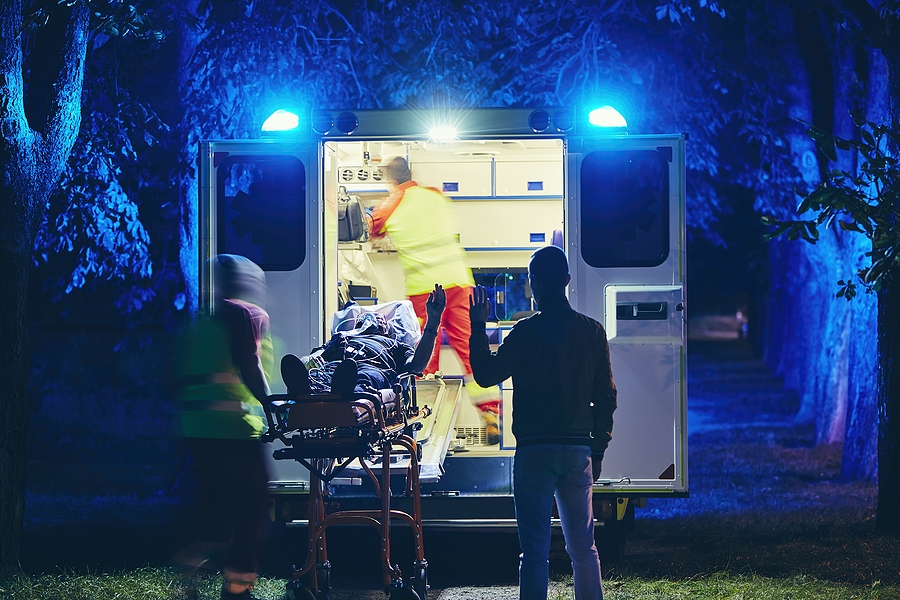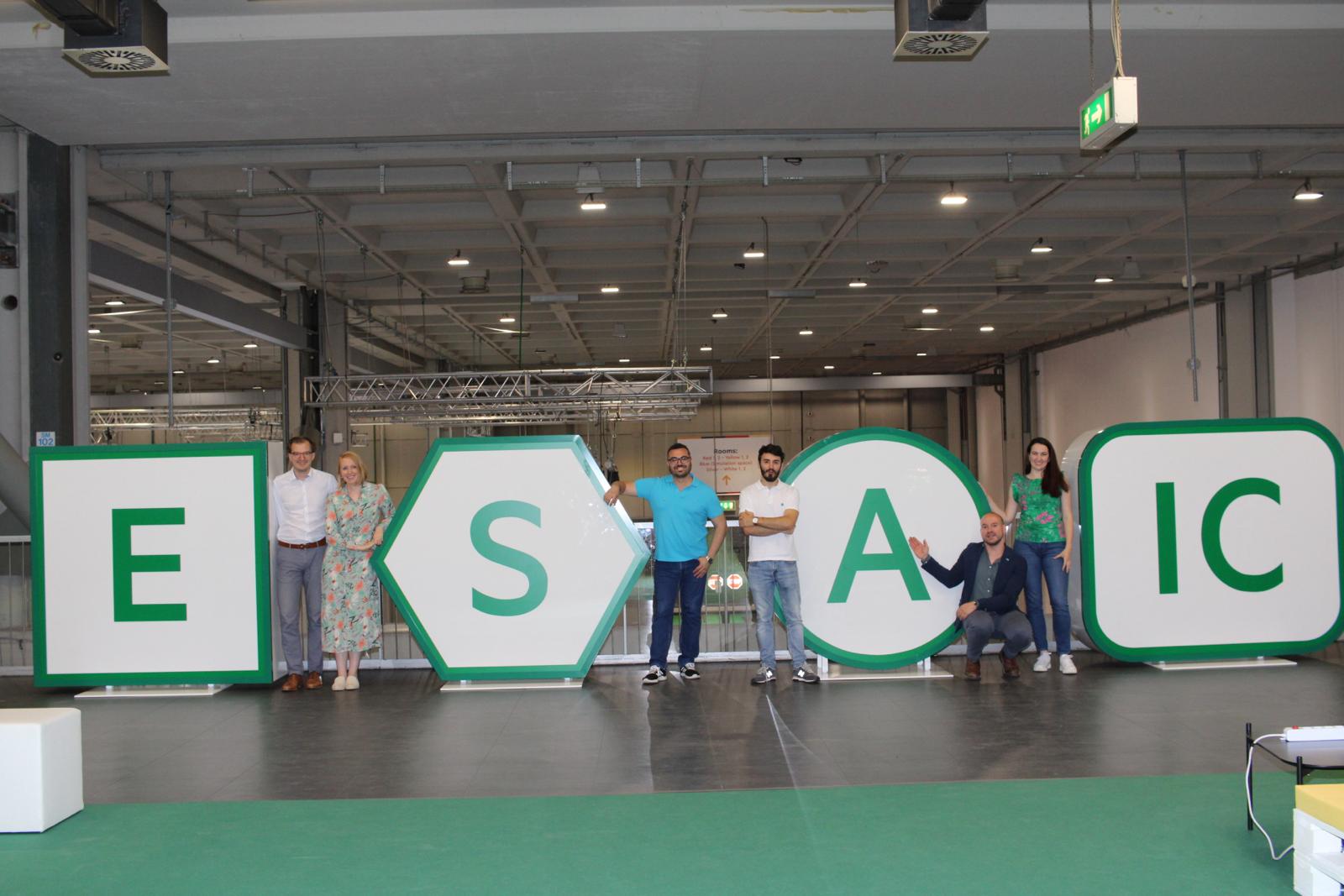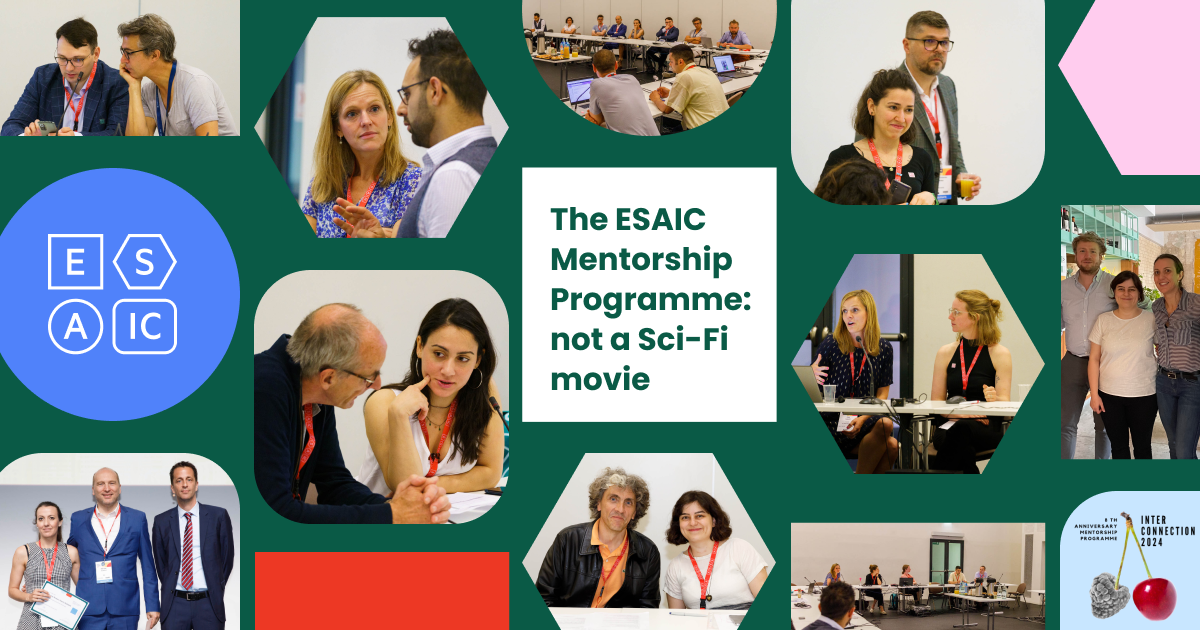ESAIC News
EA20 Newsletter: Session 13S2: Off hours effect on patients’ outcome in ICU and perioperative medicine
Sunday 29 November, 0830-0930H Channel 5
This three-part session this morning will look at the evidence around ICU admissions and mortality in ‘out of hours’ periods, meaning late nights and early mornings on weekdays and the whole of the weekend period.
The first presentation, by Professor Christian Putensen, University Hospital Bonn, Germany, will analyse a number of studies that assess the risk of out of hours ICU admission and discharge.
There are a wide variety of studies looking at this subject with heterogeneous findings. Prof Putensen will review studies that show ICU discharge at night is independently associated with hospital mortality, and another from Austria demonstrating ICU admission during late night and early morning is associated with increased ICU mortality. The risk of death in ICU decreases across the day and was lowest between midnight and 4 am.
Other studies show that admissions to the ICU at the weekends are at increased risk of death in both the ICU and in hospital more generally, while overall death rates in the ICU and discharges from ICU are significantly lower at weekends.
Prof Putensen will discuss several factors that explain out of hours trends, including that, higher proportions of patients admitted out of hours are likely to be urgent/emergency cases (likely to have a lower chance of survival). He will also discuss the impact of having intensivists staffing ICUs during overnight shifts, and other factors such as simultaneous admissions to ICUs during a night period being a risk factor for higher ICU mortality.
The second talk, on the effects of night-time surgery on patient outcomes, will be given by Professor Andrea Cortegiani of the University of Palermo, Italy. He will explain that performing surgery at night is often necessary due to the deteriorating clinical condition of the patients or the time-dependency of the indication for surgery. “Indeed, the standard of both intra- and early postoperative care may be lower than those in in-hours due to shortage of personnel, less skilled operators or simply the effect on the performance of healthcare workers, known as human factors,” he explains.
The evidence regarding the effect of night/after-hours surgery on patient outcomes is large but conflicting. Several studies failed to provide clear evidence of increased risk of death of complications for patients undergoing night- or after-hours surgery, mostly due to the difficulty in controlling for confounders related to clinical conditions, the severity of the disease, type of surgery and perioperative management. A recent secondary analysis of the LASVEGAS dataset on 9861 patients showed that night-time surgery was independently associated with a 44% increased risk of occurrence of important intraoperative adverse events (OR 1.44, 95% CI 1.09-1.9).
A new systematic review and meta-analysis included 40 observational studies, 2.957.065 million patients and demonstrated that night/after-hours surgery was independently associated with a higher risk of 30-day or in-hospital mortality (OR 1.16, 95% CI 1.06-1.28) but the certainty of the findings was low. Efforts should be made to reduce the impact of night-time surgeries on patients’ outcomes, mainly working on human factors.
The final presentation on how to improve patient safety will be given by Professor Gary Mills (University of Sheffield, UK).
References
- Cortegiani A, Gregoretti C, Neto AS, Hemmes SNT, Ball L, Canet J, Hiesmayr M, Hollmann MW, Mills GH, Melo MFV, Putensen C, Schmid W, Severgnini P, Wrigge H, Gama de Abreu M, Schultz MJ, Pelosi P; LAS VEGAS Investigators, the PROVE Network, and the Clinical Trial Network of the European Society of Anaesthesiology. Association between night-time surgery and occurrence of intraoperative adverse events and postoperative pulmonary complications. Br J Anaesth. 2019 Mar;122(3):361-369. doi: 10.1016/j.bja.2018.10.063
- Cortegiani A, Ippolito M, Misseri G, Helviz Y, Ingoglia G, Bonanno G, Giarratano A, Rochwerg B, Einav S. Association between night/after-hours surgery and mortality: a systematic review and meta-analysis. Br J Anaesth. 2020 May;124(5):623-637. doi: 10.1016/j.bja.2020.01.019
Read More of our special newsletter covering our virtual congress
Visit our COVID-19 Resource Hub for other news and resources.











